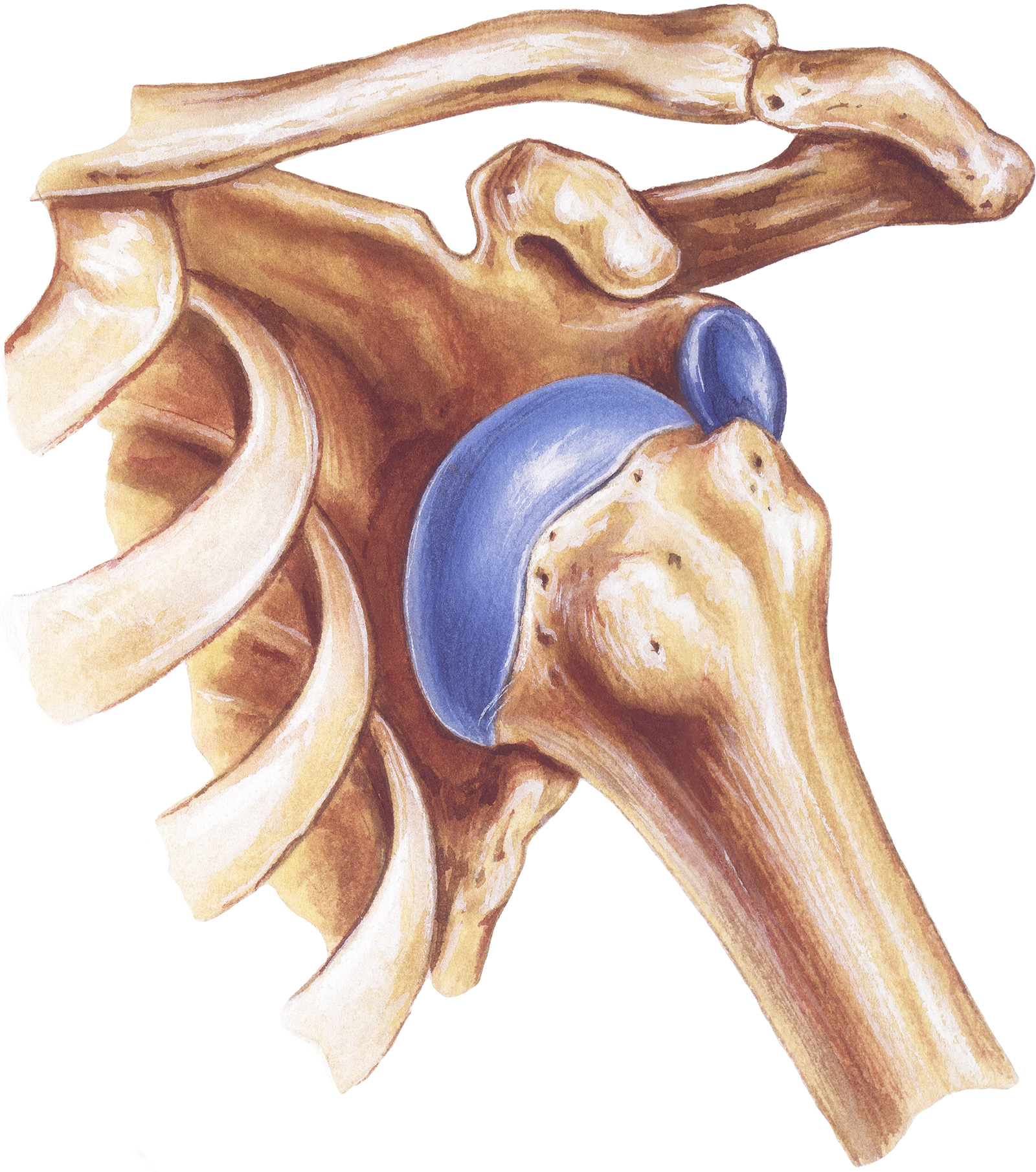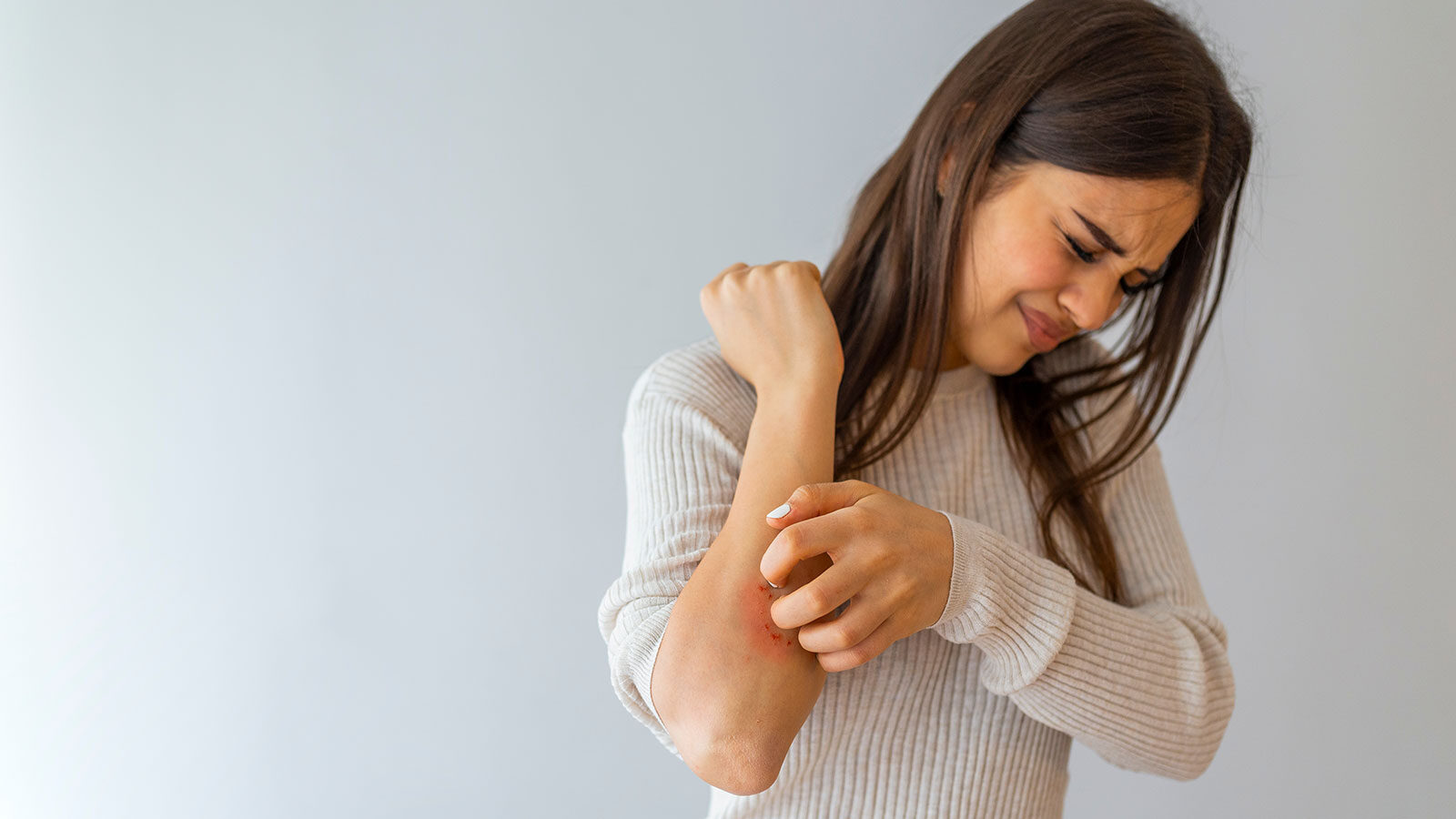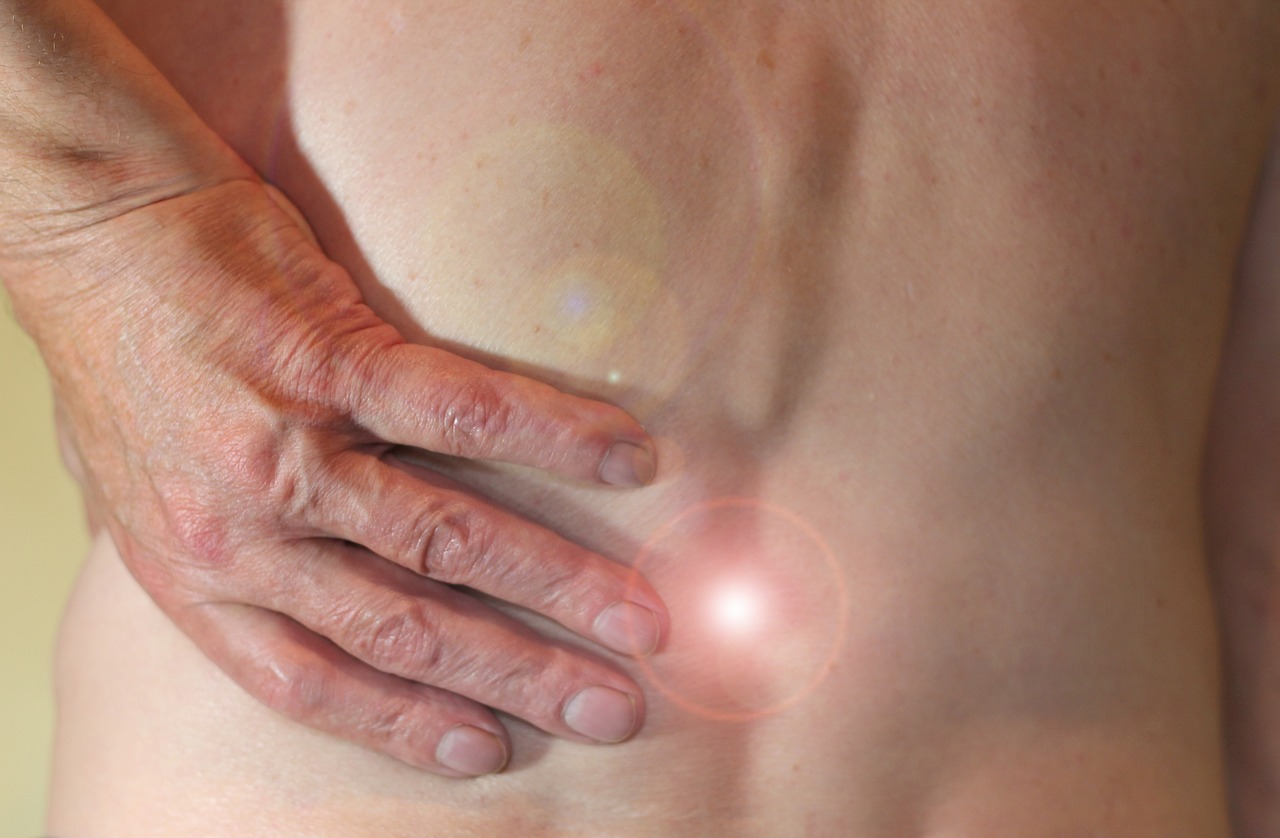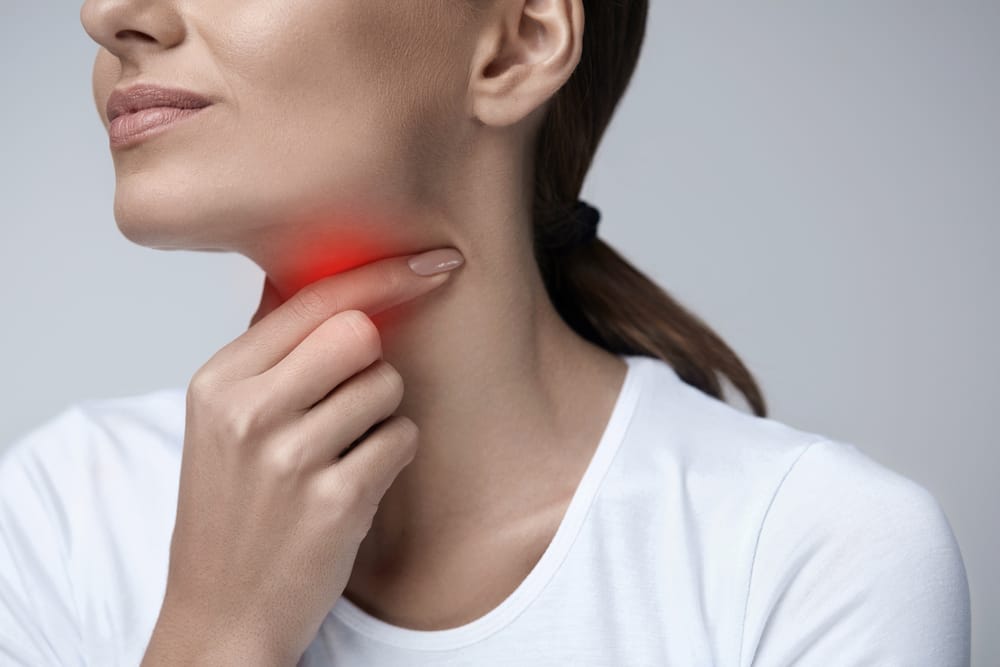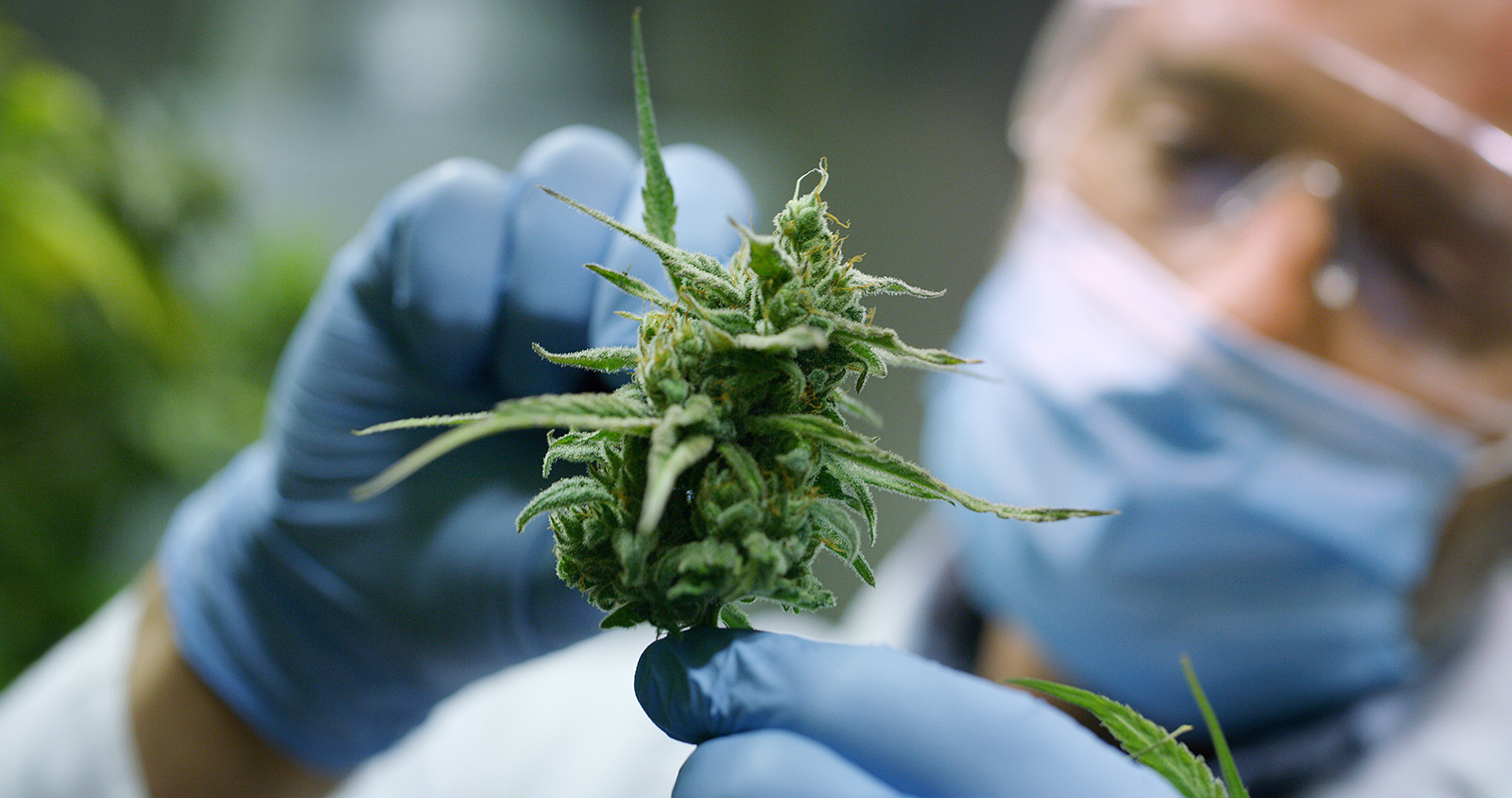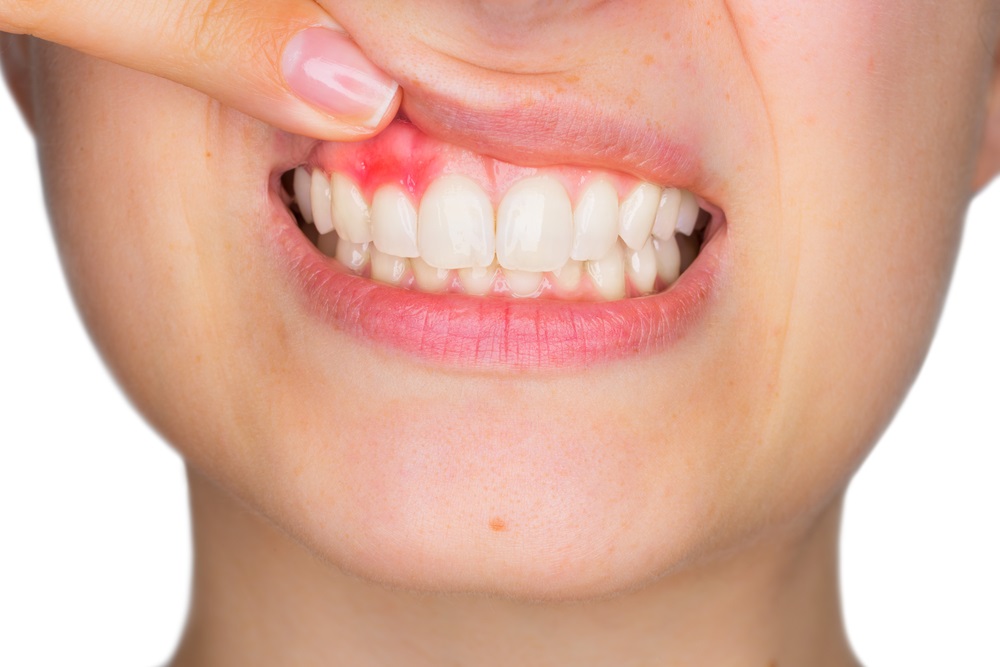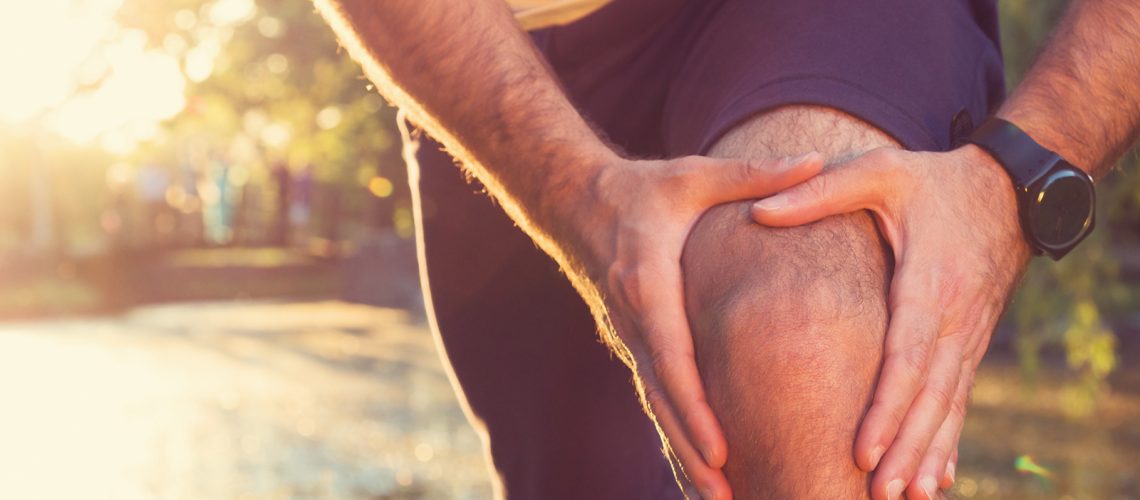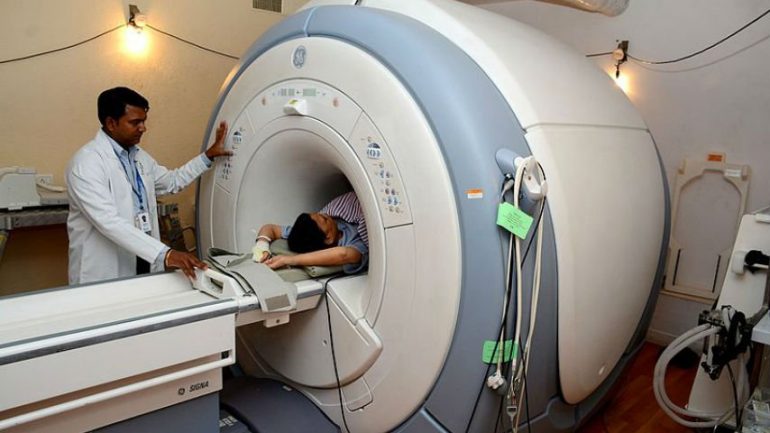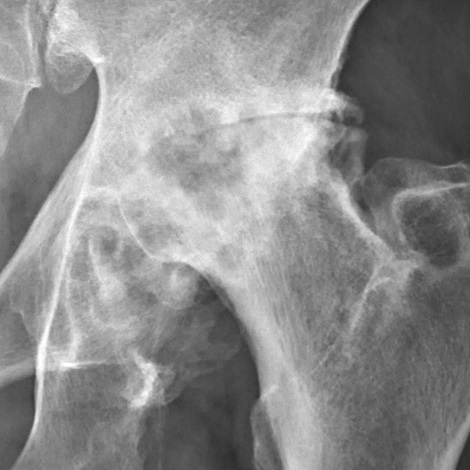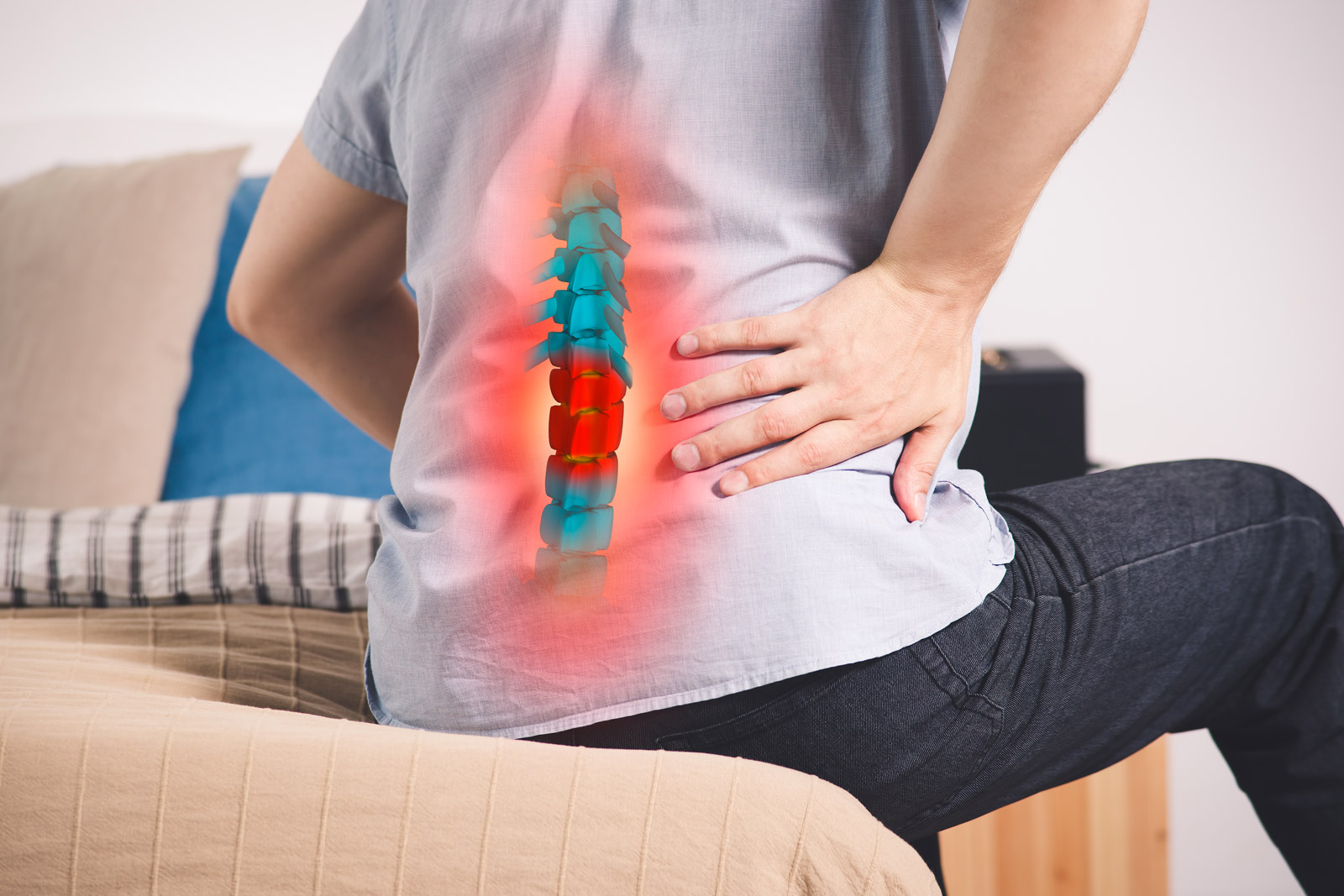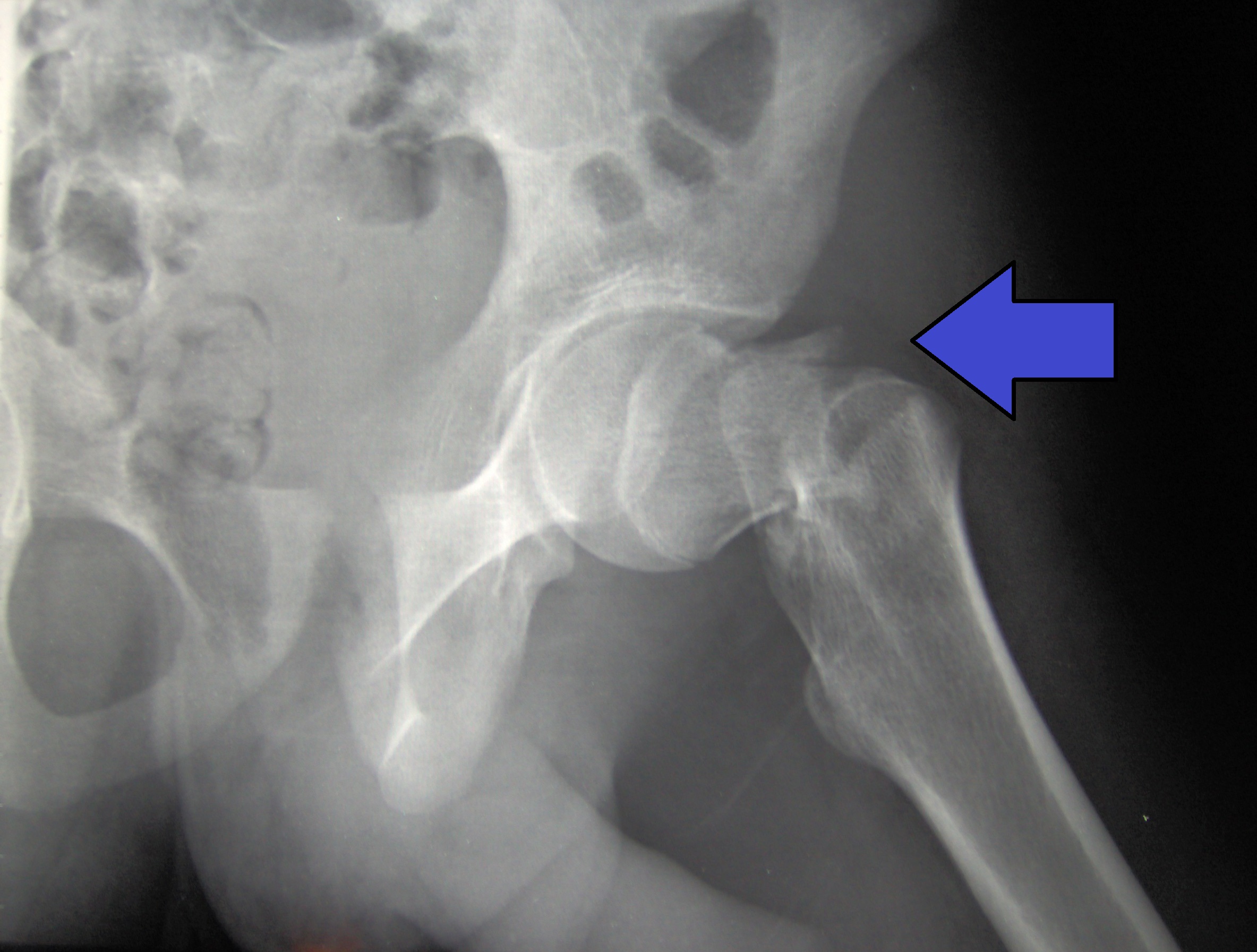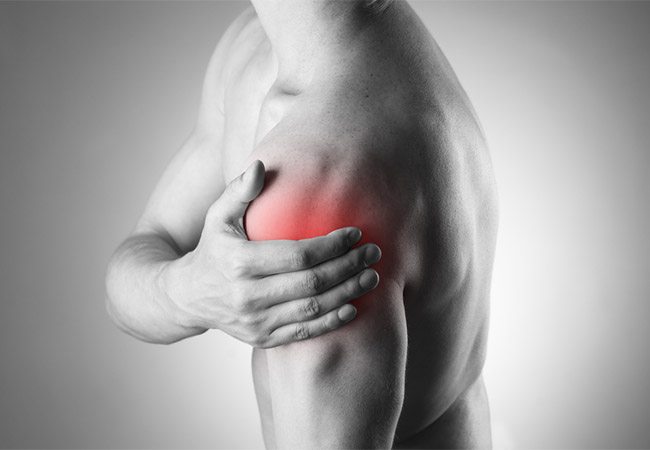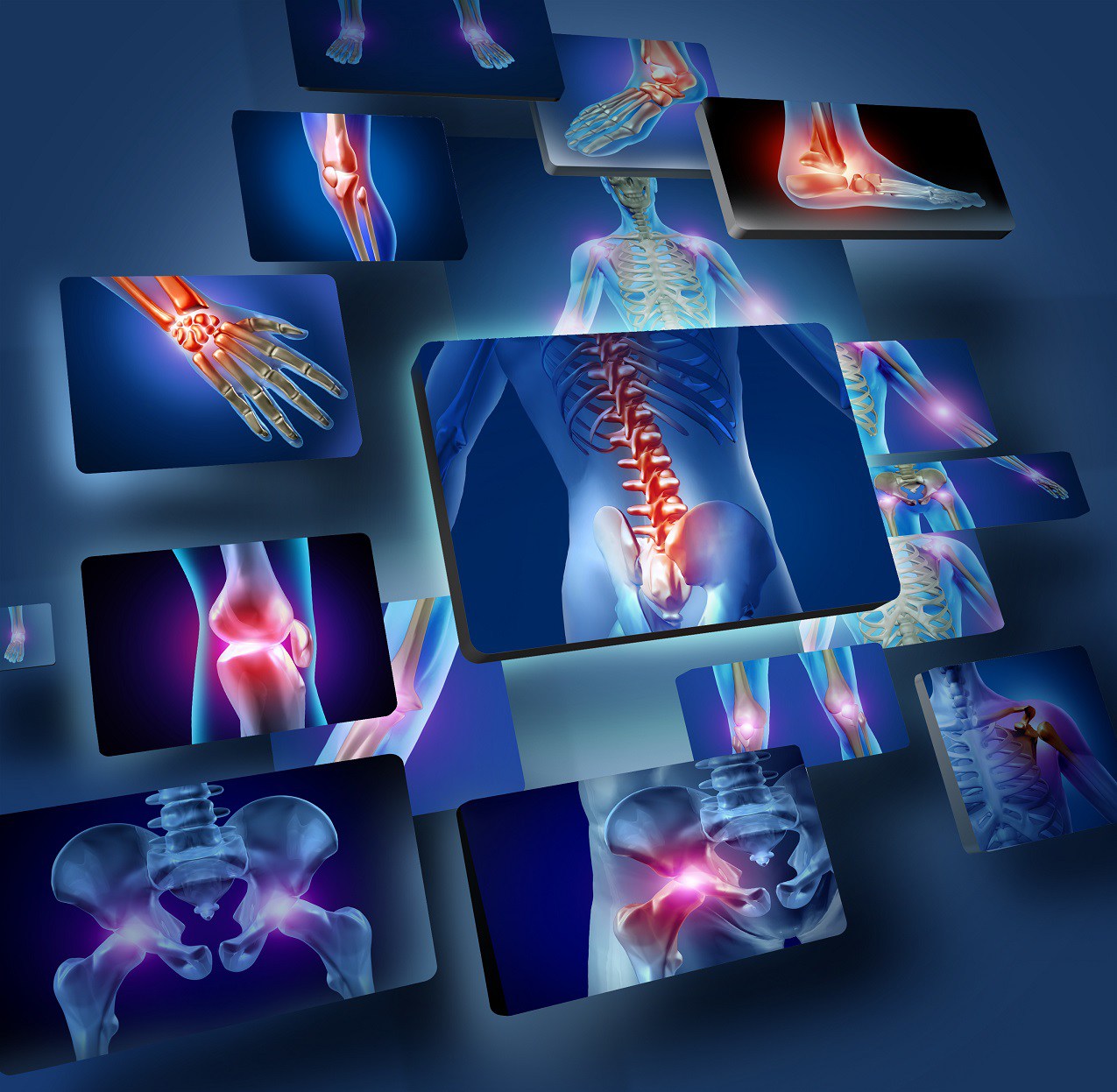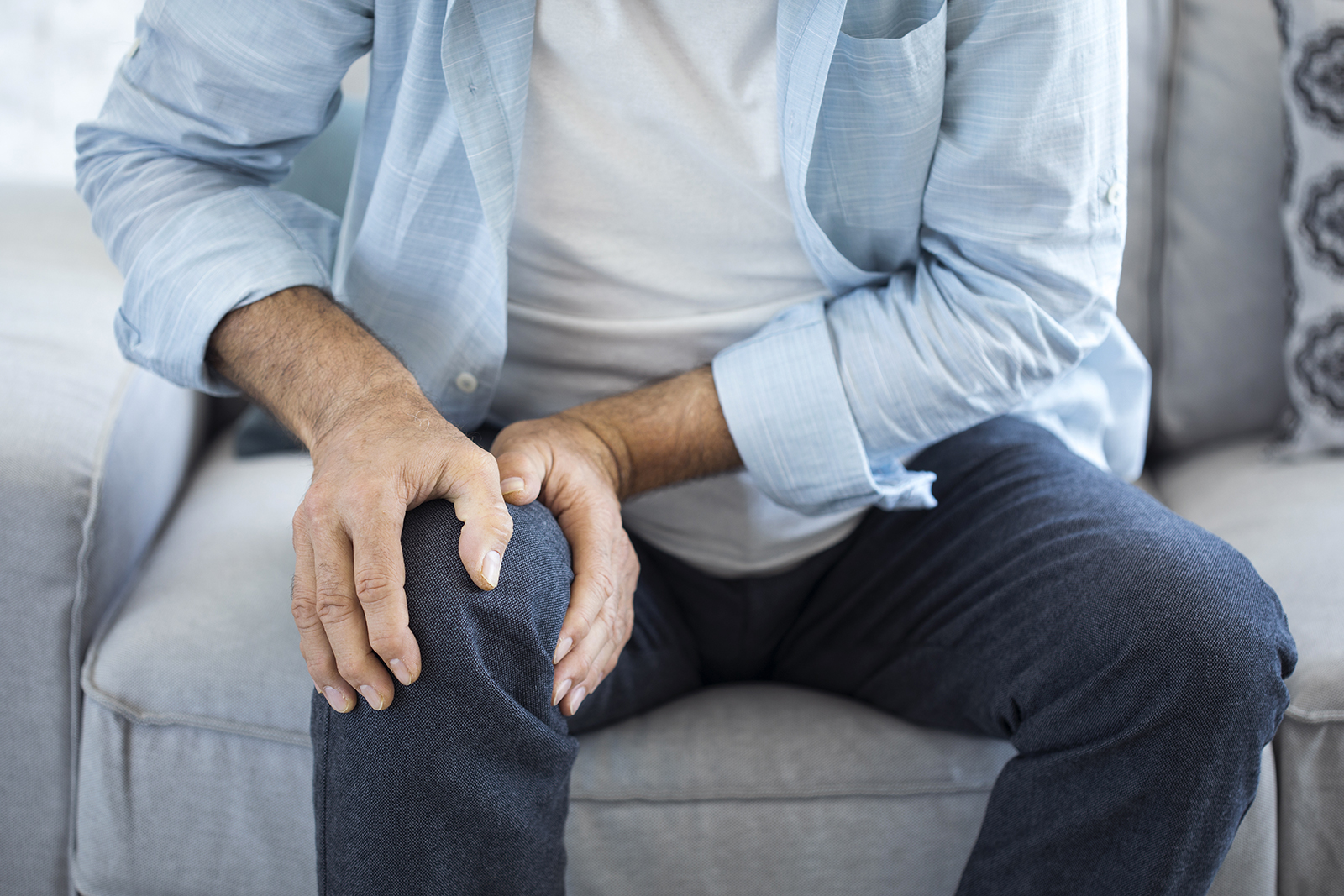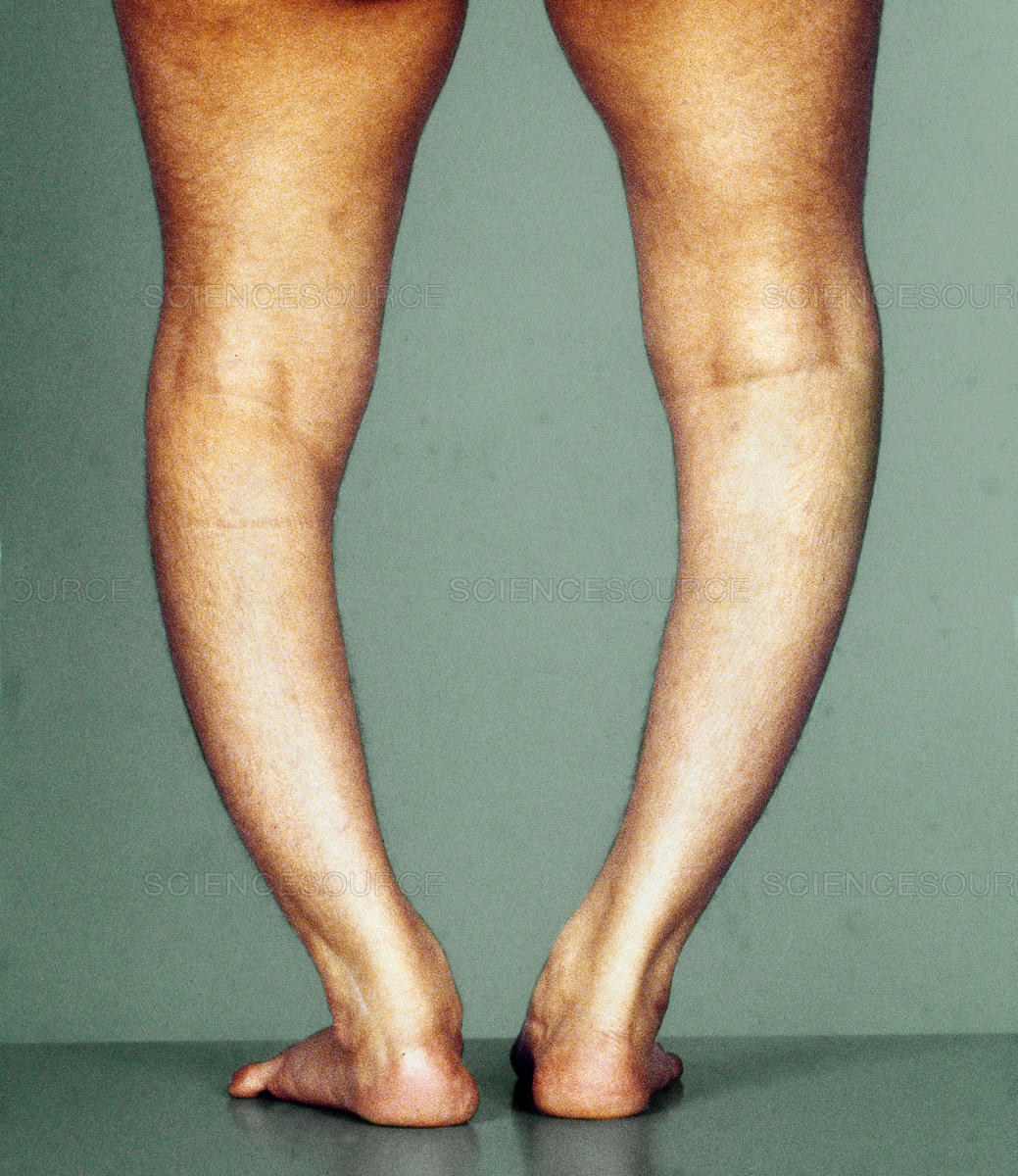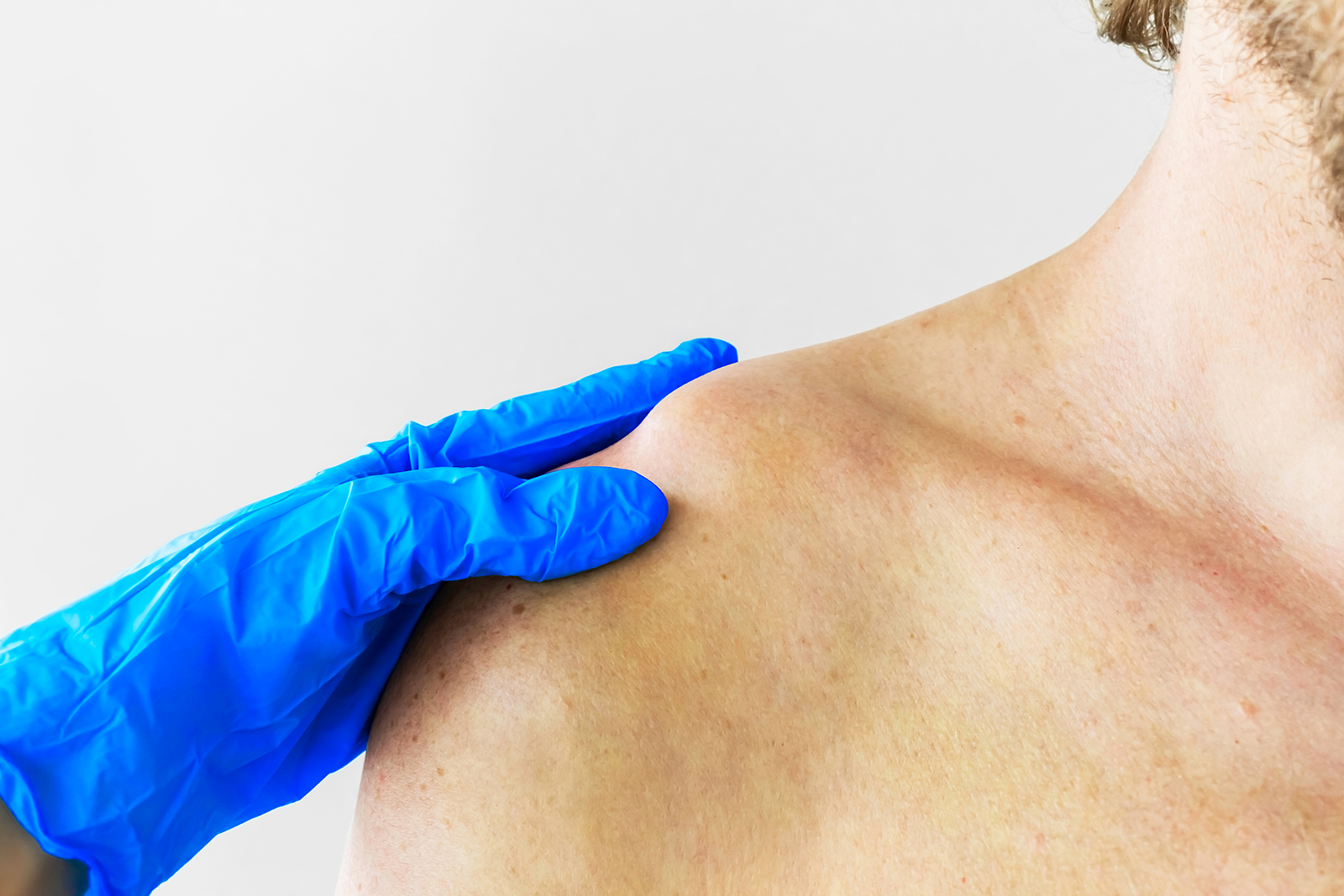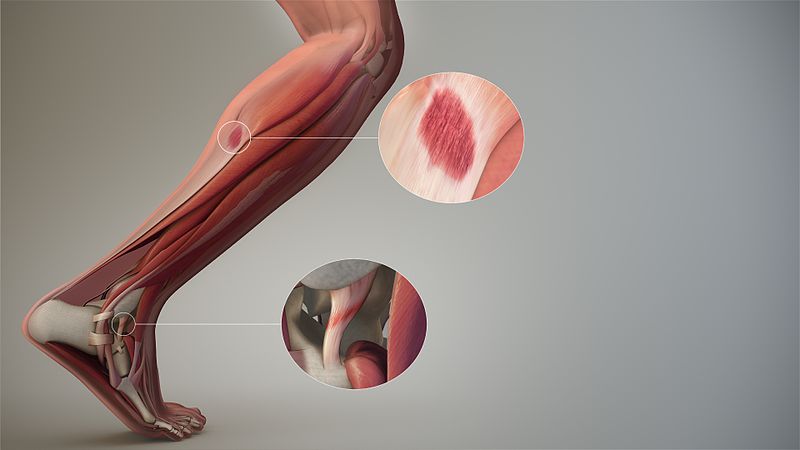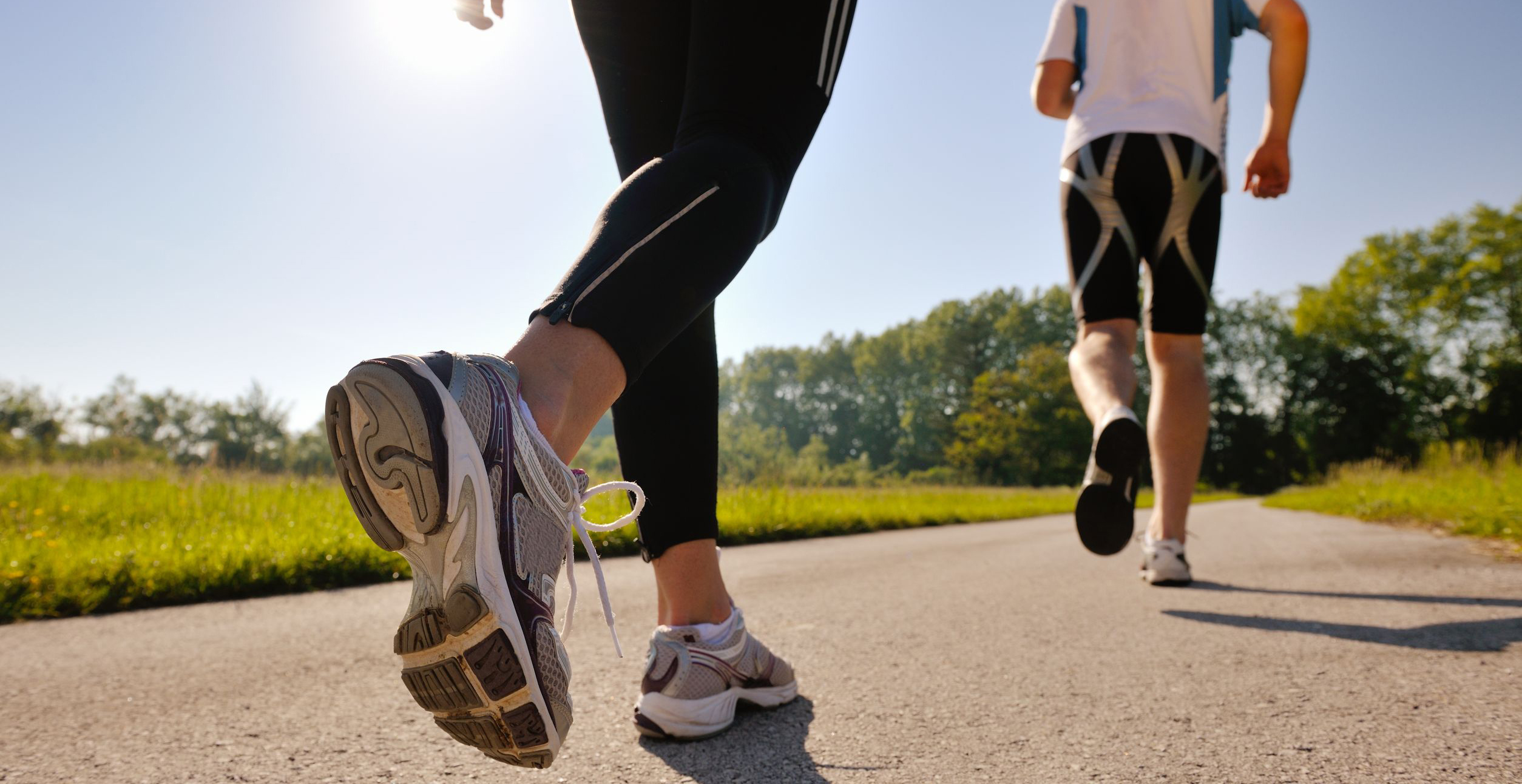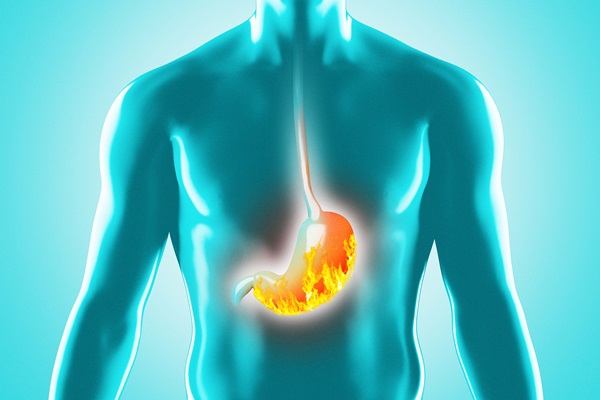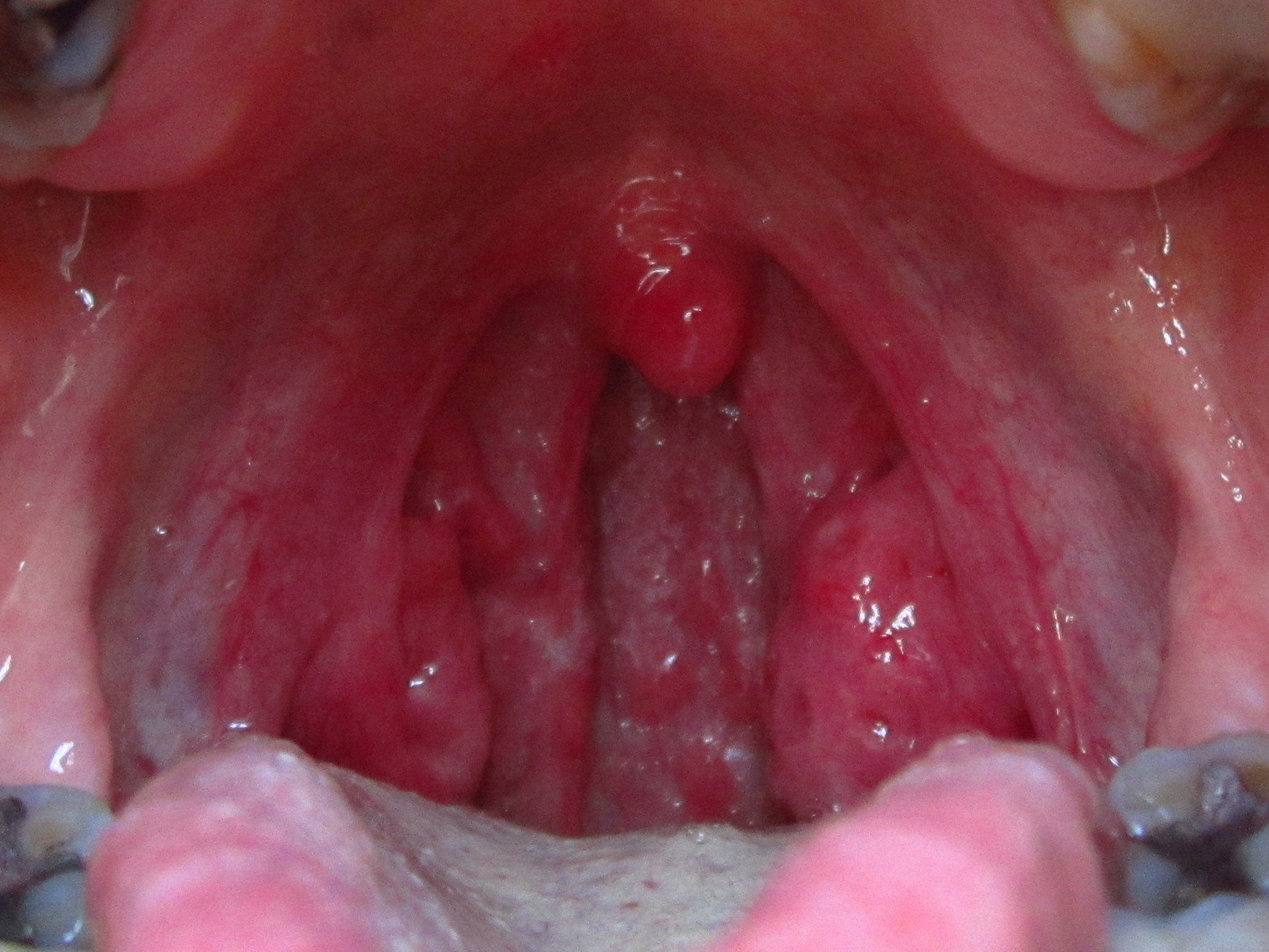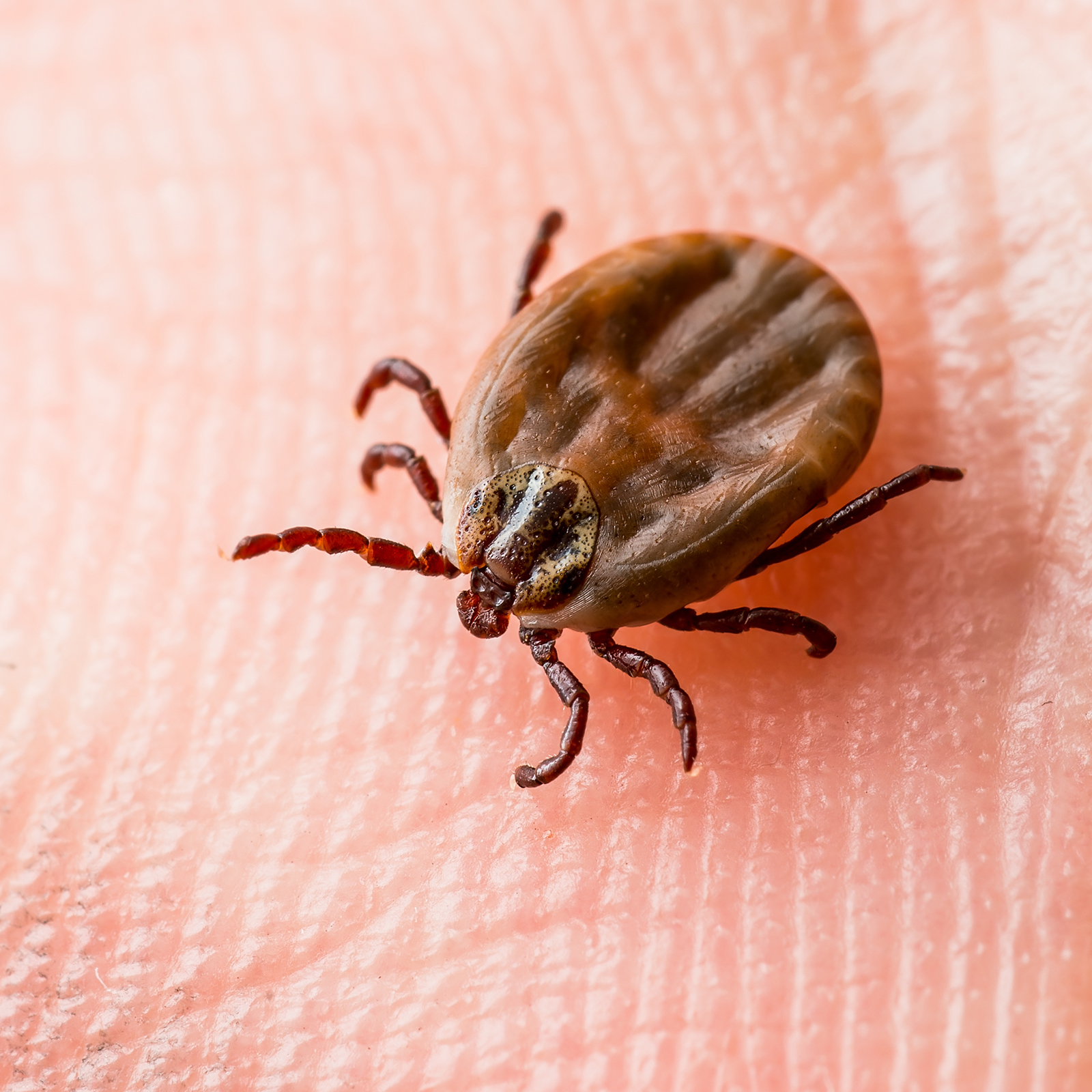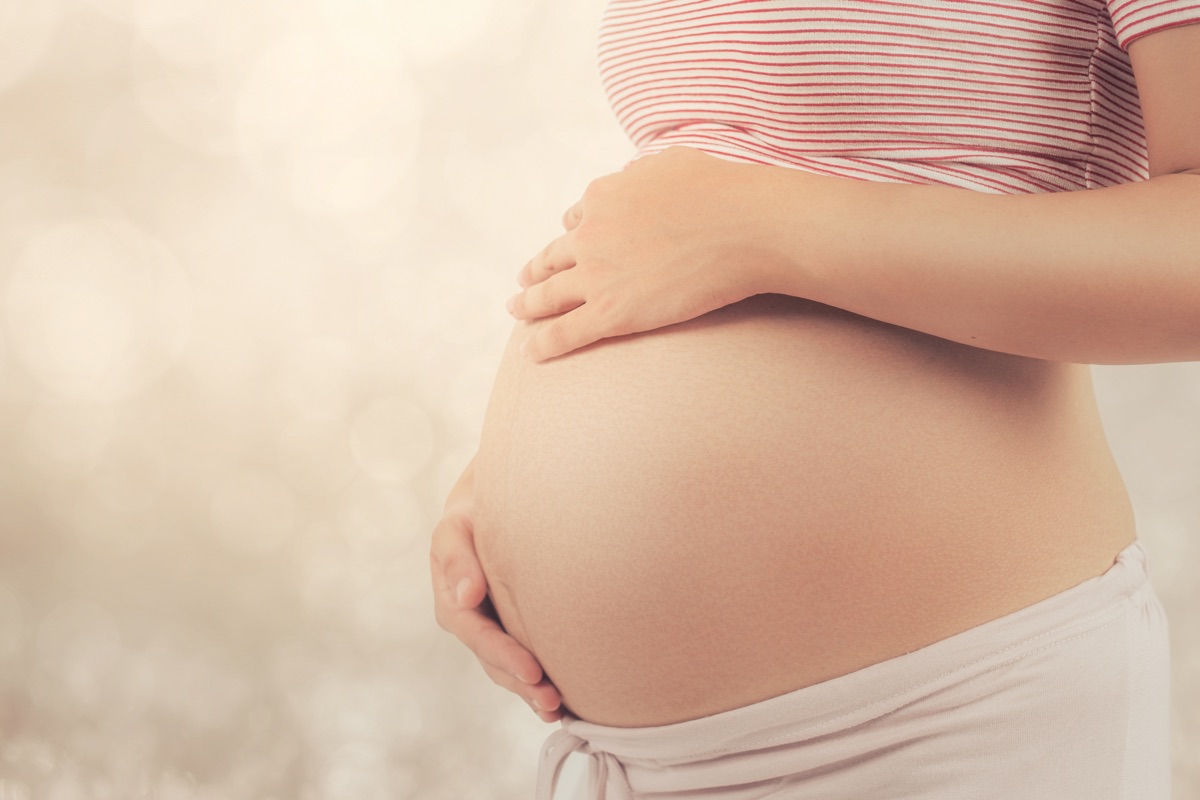When the knee hurts it is necessary to stop and investigate the possible causes, which can be either due to falls, blows or various traumas or the result of progressive degeneration of the joints, cartilage or ligaments.
Knee pain can appear in any age group, most frequently in those who participate in sports, while after middle age it may be due to gonarthrosis, when osteoarthritis affects the knee.
The knee is a complicated joint that is greatly exposed to the pitfalls of trauma from the earliest years of life, when as a child one falls while running and bumps the knee or fractures the kneecap or ruptures ligaments.
There are many instances when the knee is at risk of injury, but in addition to the better-known enemies, there is a less predictable enemy represented by the wear and tear that slowly ages this delicate joint over the years and sometimes before we become elderly.
Here then is the appearance of pain, sometimes sudden and sharp, while walking, or when descending stairs, or when rolling the leg in some more difficult position.
The first step is to see an orthopedic specialist to investigate the pain, find out the cause and start treatment, but even before that, while waiting for the consultation, you can try to understand more by reviewing possible causes, such as:
- Contusion: a simple contusion, even at a young age, such as when banging a knee ( during a sports match) or following a fall in the street, may be enough for acute or more widespread pain to arise in the joint or even the surrounding muscles.
In these cases it may help to apply ice to the part ( placed inside a cloth) with alternating compresses every 20 minutes, to control and decrease inflammation, while keeping the knee at rest.
However, when the contusion involves elderly people with knees already affected by osteoarthritis or osteoporosis, even a trivial contusion can give greater consequences, as it goes on to activate underlying arthrotic pain, which can set in and last longer, requiring the use of specific drugs to counteract it. - Ruptured ligaments: the most obvious symptom of a ruptured ligament is a very sharp and sudden pain followed by swelling of the joint and some redness of the skin around it.
First intervention is to immediately put the leg to rest by laying it down, holding the sore knee slightly elevated from underneath and applying ice packs that are useful to reduce or stop edema and also to avoid ecchymosis, a pouring of blood into the tissues that would go on to damage blood vessels.
Since the pain in these cases can be very intense, it is necessary to have your doctor prescribe an anti-inflammatory to help ease the pain. - Injured or ruptured meniscus: when a meniscus injury or rupture occurs, the pain is very severe, sudden, and sharp.
The knee is swollen and reddened, and most importantly, completely locked.
It is necessary in such cases to make referral to the orthopedist or a specialized center for diagnostic investigation and subsequent treatment.
Since menisci are a kind of shock absorbers of the knees that are c-shaped and composed of fibrocartilage, they can suffer partial, anterior, posterior more or less central or lateral injury.
Meniscus injury triggers severe pain, while rupture can cause even more acute pain, which can sometimes be accompanied by ligament rupture as well. If the meniscus injury is traumatic in origin, it should be treated surgically, and if it is degenerative, it should be treated clinically.



